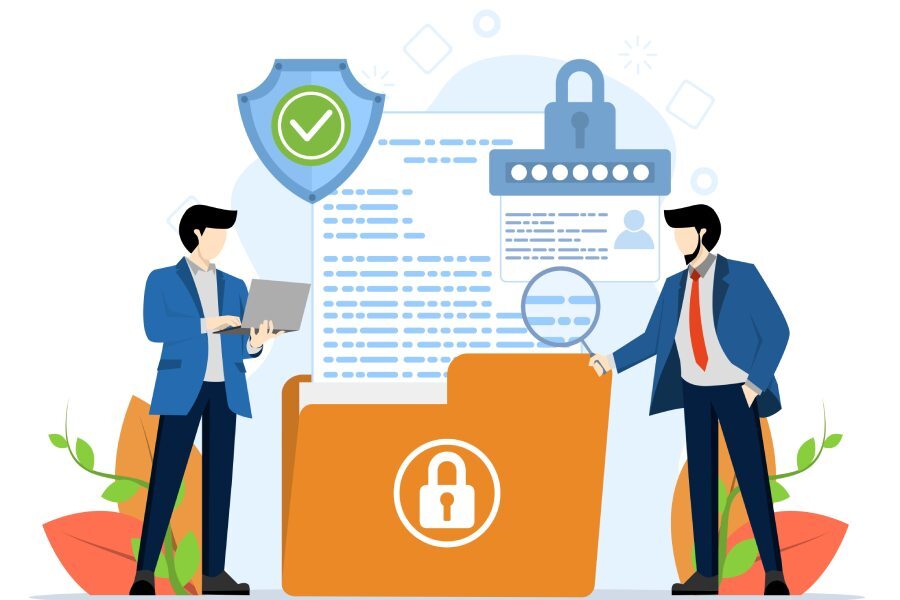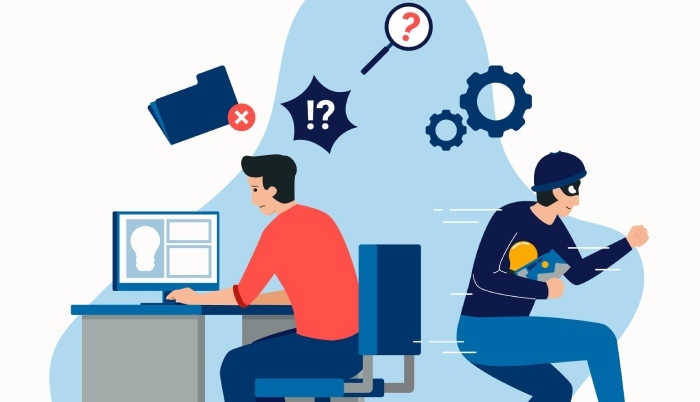No matter how vulnerable email communications get, this mode is here to stay for the coming years. Cybercriminals are very clear about the fact that emails are the backbone of businesses, and that’s exactly why they keep targeting them. With the advent of artificial intelligence, it has become easier for them to send spoofing and phishing emails on behalf of reputable firms, impersonating their employees and CXOs. They are always ahead of the curve and keep devising new strategies and social engineering tactics to manipulate email recipients while evading detection.
This trend is not going to stop— in fact, it’s going to get worse. So, we have put together this article that specifies the five emerging email threats that businesses should shield themselves against.
Cryptocurrency fraud
Cryptocurrency users are on the rise, and so are the frauds. In fact, in January and February 2024 alone, phishing incidents led to $104 million in losses, affecting approximately 97,000 users. Since the cryptocurrency mechanisms are decentralized and irreversible, threat actors find it a lucrative channel to exploit. Moreover, most users are not adept at dealing with crypto’s complexities, and this unfamiliarity is what cybercriminals take advantage of. They manipulate users into sharing sensitive information like wallet recovery phrases, often by sending emails impersonating trusted service providers. They deceive and intimidate individuals by creating a false sense of urgency about impending losses, claiming it results from failure to comply with a fabricated requirement.
Phishing attacks through shared documents
Today’s business structure requires giving access to file-sharing tools like Google Drive and Dropbox. When such files and folders are shared, users get notified via email. These emails don’t create any suspicion, and that’s exactly what threat actors are banking on.
In file-sharing attacks, cybercriminals use trusted services to distribute phishing links by embedding them in shared documents. This trick works proficiently because users are asked to exit the email and open a legitimate third-party app where the phishing link appears, making it harder for regular security tools to catch it.
Multi-channel phishing
Now, threat actors are combining emails with other channels, such as texts, phone calls, social media DMs, etc., to attempt cyberattacks. They use emails for initial communication and then switch to a real-time platform, usually on a less secure personal device that lacks enterprise-level security controls.
AI-backed BEC attacks
AI is boosting efficiency in countless areas—and unfortunately, cybercrime is one of them. Cybercriminals are now using generative AI to make their business email compromise (BEC) attacks more effective. For example, they can use tools like ChatGPT to quickly craft personalized and convincing social engineering messages at scale.
The growing amount of personal data available online—especially through social media—makes this threat even worse. Attackers can feed this information into AI tools to create messages that feel real and familiar, making it easier to fool their targets.
These AI-generated attacks are harder to catch, even with regular security awareness training. The emails are often well-written, highly personalized, and look completely legitimate. That’s why organizations should remind employees to double-check anything that feels off, especially if it asks for sensitive information like bank details or passwords.
Email account takeover
Email account takeover is a step beyond impersonation. It gives attackers direct and legitimate access to internal systems. These attacks usually begin with credential phishing, social engineering, or a brute-force attack that enables the threat actors to hijack the victim’s email account. Email security is crucial in preventing these types of breaches.
Once they have access, they can exfiltrate data, infiltrate connected applications, or launch lateral phishing campaigns, targeting employees and vendors.
Preventive measures
Here are some general preventive measures against cyber threats in 2025-
- Have a strong password for your email accounts.
- Avoid using the same passwords for multiple platforms.
- Use multifactor authentication.
- Deploy SPF, DKIM, and DMARC.
- Train employees to read red flags and not get caught up in social engineering tactics.
- Implement secure single sign-on (SSO).
- Establish a practice among employees to verify unexpected file-sharing requests.
- Don’t share your crypto wallet recovery phrases or account updates with anyone, especially if they say it’s urgent.
By learning about upcoming threats and using multiple layers of security, businesses can feel more confident about protecting their people, data, and systems in 2025.


